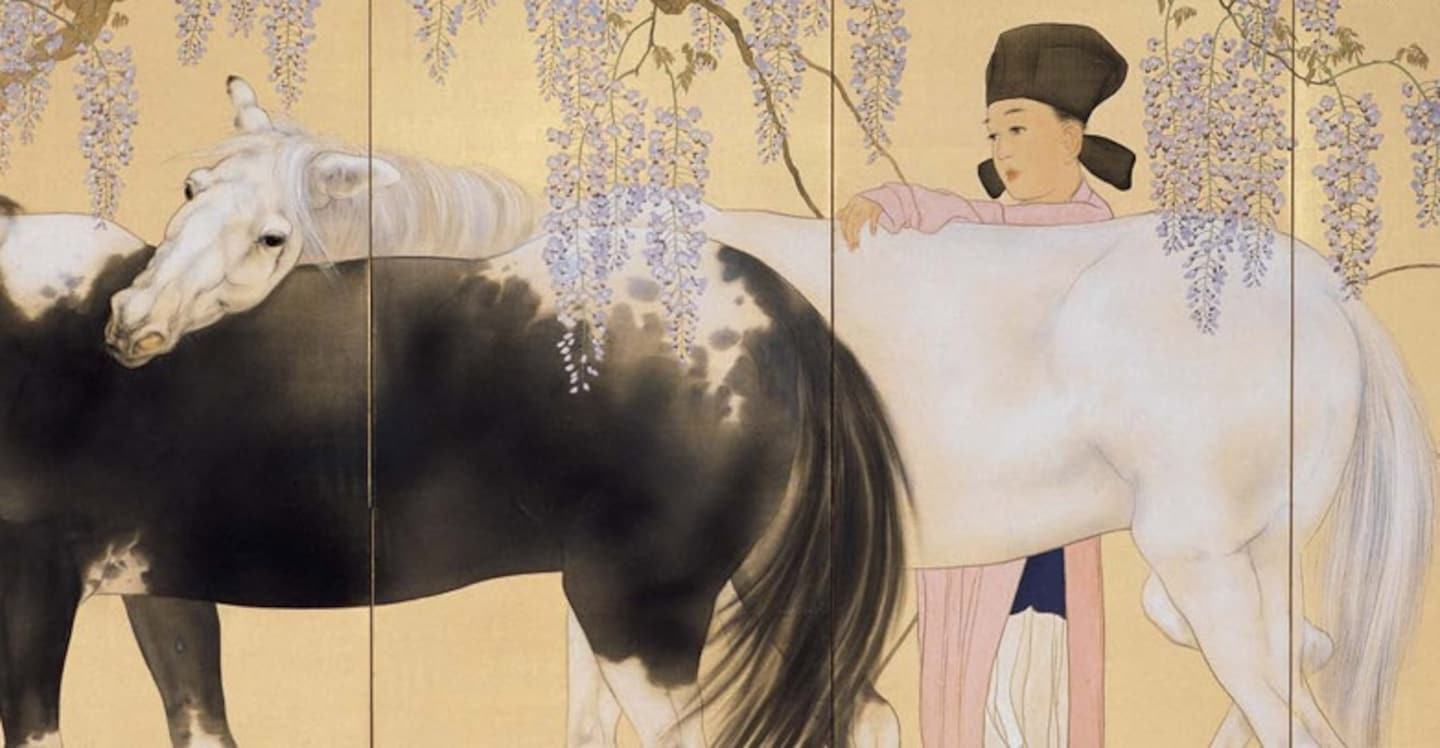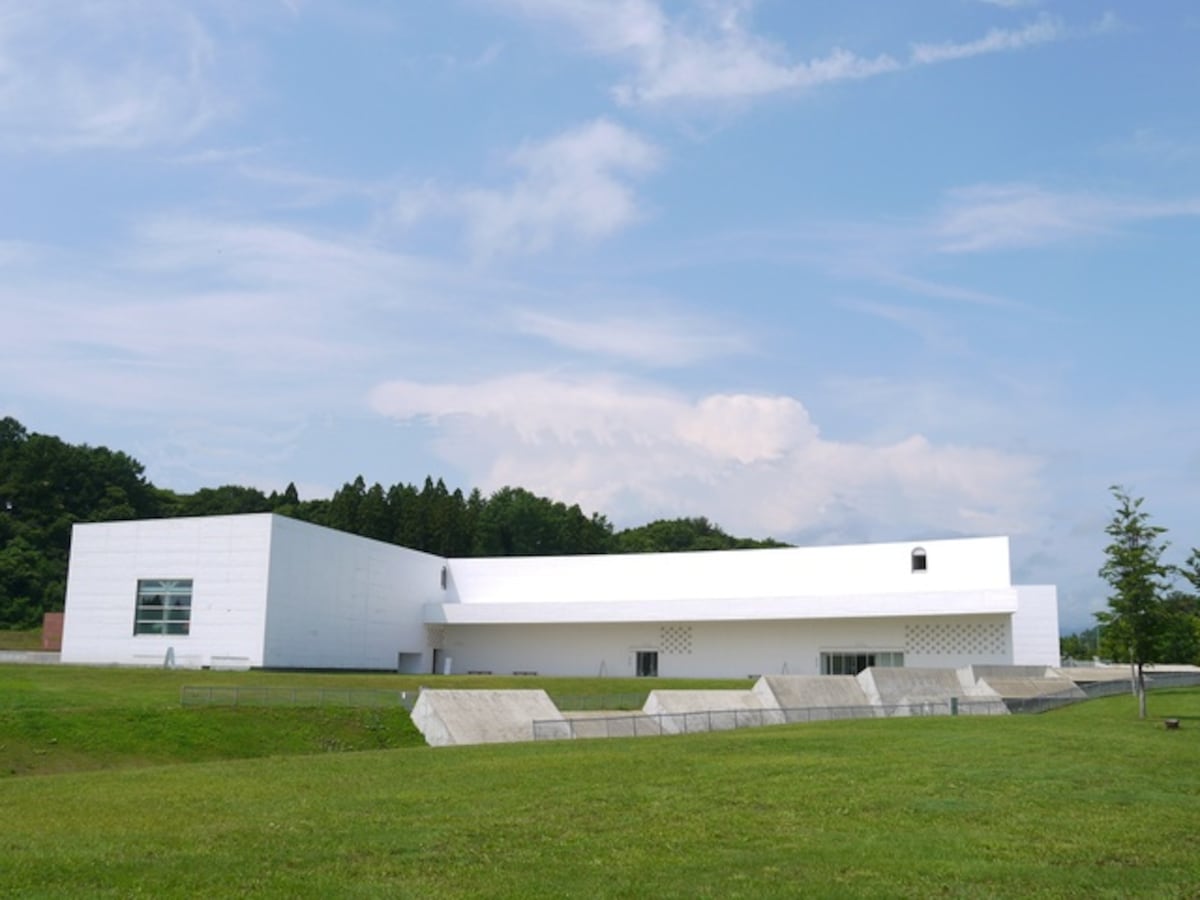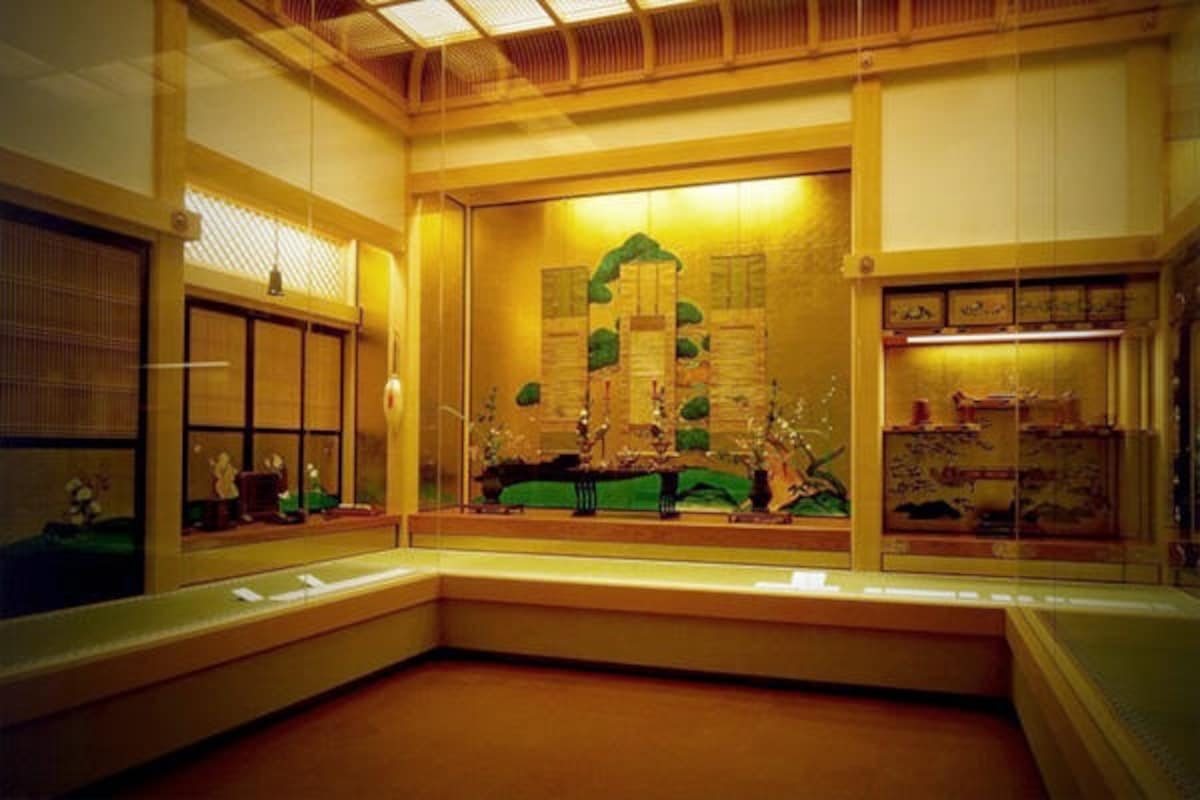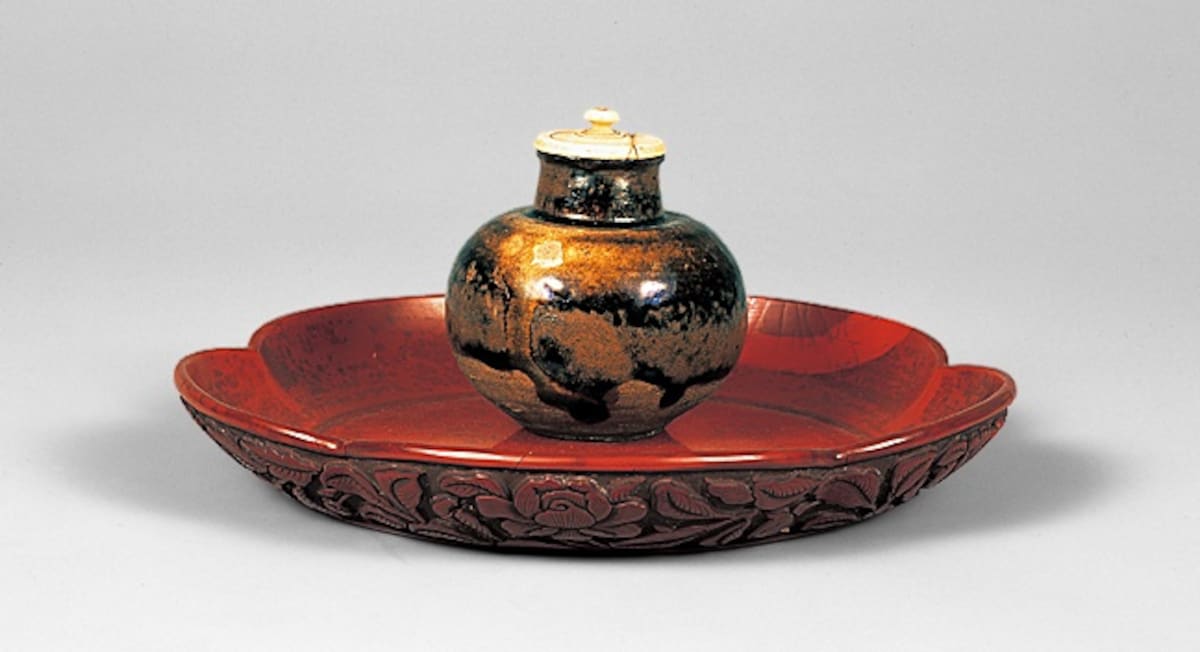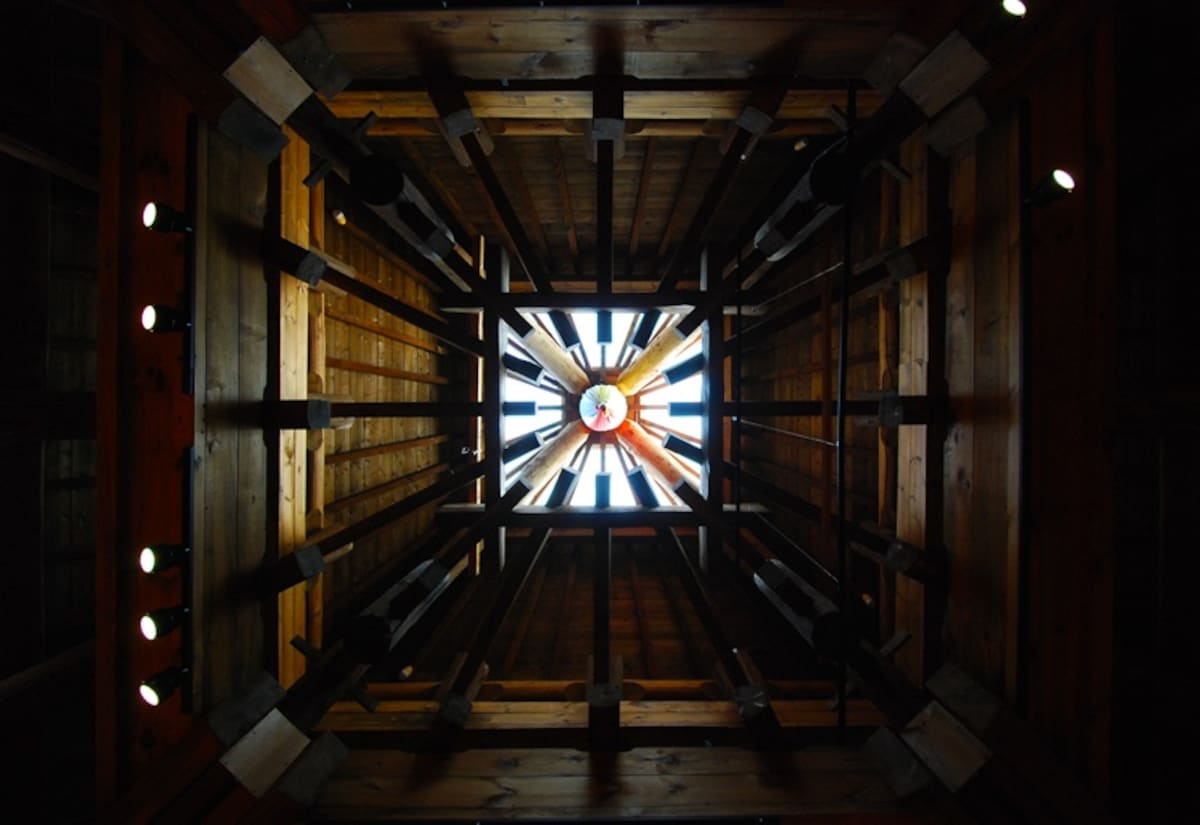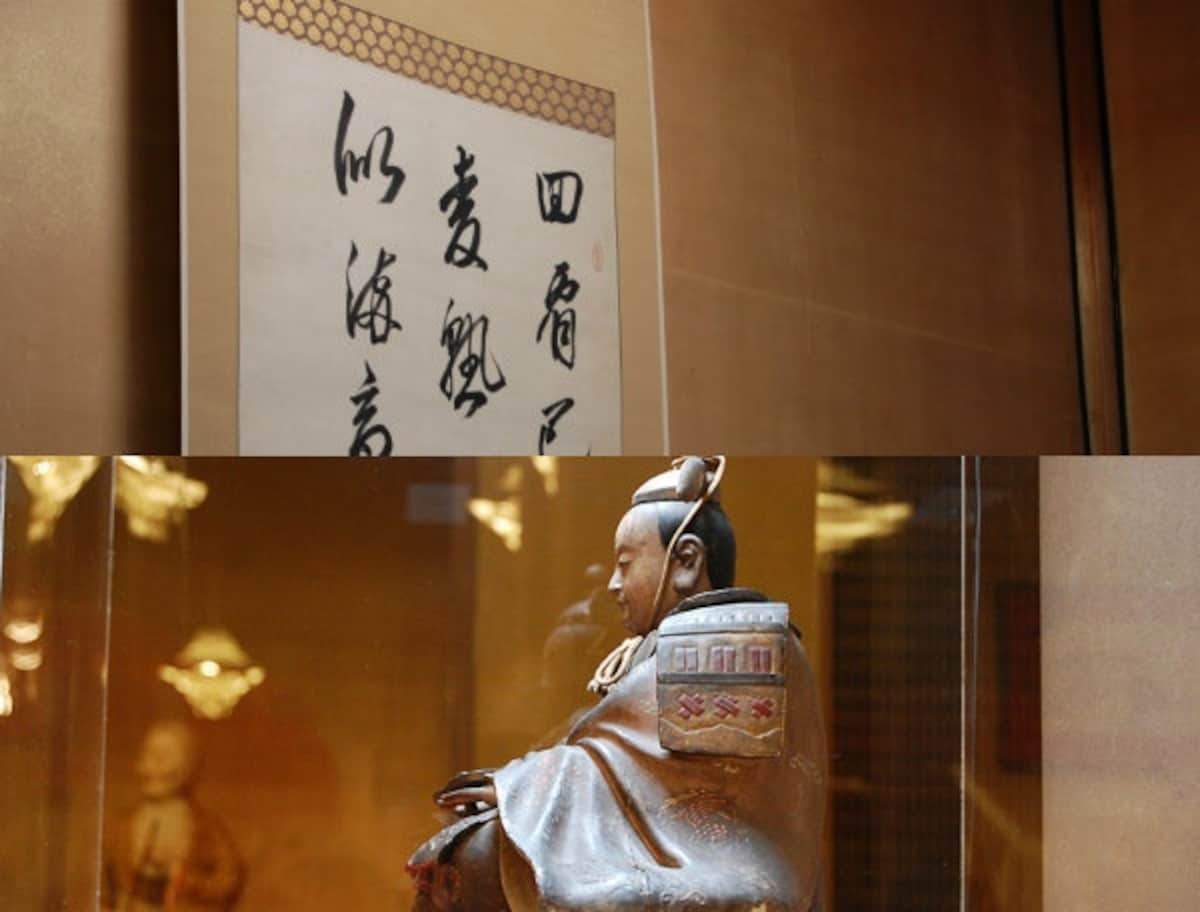7 Lesser-Known Art Galleries You Should See
From ancient art to contemporary works, collected by feudal lords or 20th century industrialists, there's much to be seen in Japan's many lesser-known art galleries. You can find delicate scrolls, exquisite pottery and incredible kimono art along with works by Yoshitomo Nara, Henri Matisse or Pablo Picasso—you just need to know where to look!
By Highlighting Japan7. Aomori Museum of Art (Aomori)
The structure of the Aomori Museum of Art was inspired by the nearby Jomon-Period (14,000-300 B.C.) Sannai-Maruyama settlement site, the structure designed in the image of an earth trench capped by the huge white cover of the building. Many of the museum’s interior walls and floors are made of earth materials and are in harmony with the ancient remains.
The museum shows works by artists with links to Aomori Prefecture, including Yoshitomo Nara, Shiko Munakata, Yoshishige Saito and Shuji Terayama, as well as having internationally renowned artists such as Henri Matisse, Paul Klee and Pablo Picasso in its repertoire.
6. Hara Museum of Contemporary Art (Tokyo)
When it first opened its doors in 1979, the Hara Museum of Contemporary Art was one of the first institutions to focus on contemporary art in Japan. Nearly 40 years later, it is still breaking new ground.
The museum houses more than 1,000 items of cutting-edge contemporary art, including pieces by up-and-coming artists, and changes its exhibitions as frequently as four to six times a year. Its Sculpture Garden is a bright green space in the heart of Tokyo where permanent exhibits are displayed.
5. Tokugawa Art Museum (Aichi)
The samurai of Japan’s feudal past were warriors accomplished in a wide array of military skills. But they were a great deal more than simply fighters, and popular history tends to overlook their artistic, creative and more scholarly attributes.
The Tokugawa Art Museum, in the heart of Nagoya and historical home of the Owari Tokugawa family, does a remarkable job of balancing the elements of what it meant to be a feudal lord in the years of Japan’s warrior states. Here on display alongside flawless swords that date back to the 13th century are Chinese-inspired utensils for the tea ceremony, matchlock rifles bearing the Tokugawa family crest and masks from the noh theater, along with helmets and standards from the battlefield.
4. Nezu Museum (Tokyo)
Anyone who admires works of ancient to pre-modern art from Japan and across Asia has good reason to thank the Nezu family.
Industrialist Kaichiro Nezu spent his own money on purchasing some of the best examples of Japanese art in the early decades of the last century, when it had little appeal in this country and was being snapped up by overseas collectors. After his death in 1940, his son, also named Kaichiro, opened the Nezu Museum on the site of the family's spacious residence in Aoyama, Tokyo, surrounded by a garden with a pond and dotted with teahouses. The third generation of the family, Koichi Nezu, continued the work of his ancestors and the collection has grown to more than 7,400 items, ranging from works of calligraphy to paintings, sculptures, ceramics, lacquerware, metalwork, bamboo crafts and textiles.
3. Itchiku Kubota Art Museum (Yamanashi)
Encompassing the natural world of the sun, the sky, flowers, snow, Mount Fuji and colors that are so vibrant that they are alive, the Itchiku Kubota Art Museum is designed to speak to the viewer. And so it does.
Opened in 1994, the museum overlooks Lake Kawaguchiko and across to the flanks of Mount Fuji. It regularly displays 40-some kimono that textile-dyeing artist Itchiku Kubota (1917–2003) created using the tsuji-ga-hana (literally, "way-side flower") technique, so named originally for the blossoms that were typically used in their designs.
The Main Building is a pyramid-shaped structure supported by 16 vast trunks of the hiba tree that are more than 1,000 years old. Light filters in through the glass tip of the pyramid, illuminating the kimono exhibited on a raised stage in the middle of the building in addition to those arrayed along the walls. None of the kimono are exhibited behind glass—one of Kubota's stipulations—so visitors can really "feel" the art.
2. Homma Museum of Art (Yamagata)
It may brood many kilometers in the distance, but Mount Chokai is both the centerpiece and the backdrop to the traditional Japanese garden that complements the vacation villa built by the head of the wealthy merchant Homma family in the town of Sakata, Yamagata Prefecture. The garden is a work of art in its own right—and has been enhanced by the family’s commitment to traditional arts that has grown into the impressive collection of scrolls, ceramics, ukiyo-e woodblock prints, statues and paintings that today make up the Homma Museum of Art.
The main building of the villa and the gardens were constructed in 1813 by the fourth head of the Homma family. The Daimyo Sakai (1813–1873) often stayed at the villa when he inspected his holdings in the region, while nobles from the Imperial Palace and high-ranking government officials have also stayed here.
1. Adachi Museum of Art (Shimane)
The Adachi Museum of Art has combined an impressive collection of works by some of the greatest Japanese artists with a garden that surrounds the building where they are displayed that is little short of magnificent.
Founded in 1980 by the late Zenko Adachi, the garden has been meticulously constructed to take visitors through its seasonal expressions of natural beauty, which complement the paintings that hang on the interior walls. The final outdoors exhibit is the White Gravel and Pine Garden, which expresses an image painted by Yokoyama Taikan and is the perfect way to make the transition from the gardens—which have been recognized in the Michelin Green Guide Japan with three stars—into the interior displays. The works of Taikan feature large in the museum's highly prized collection.


